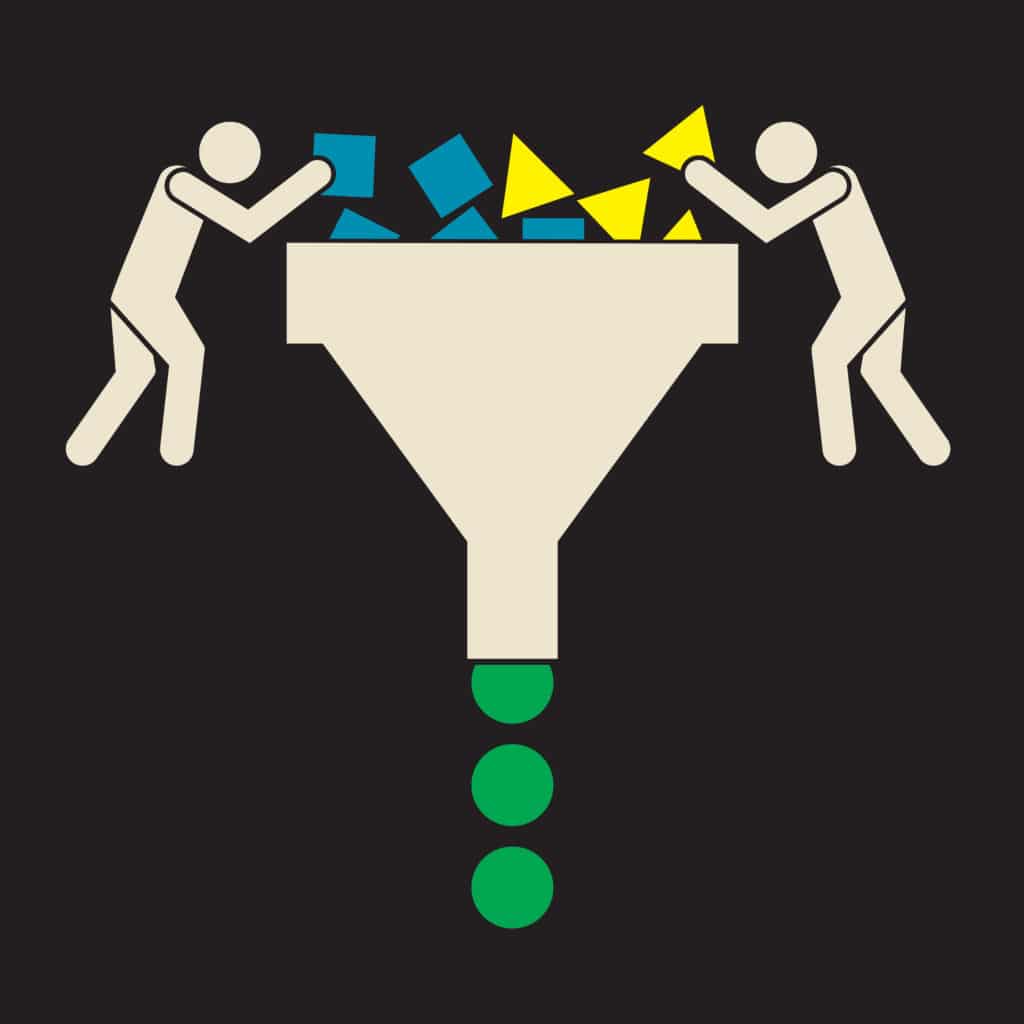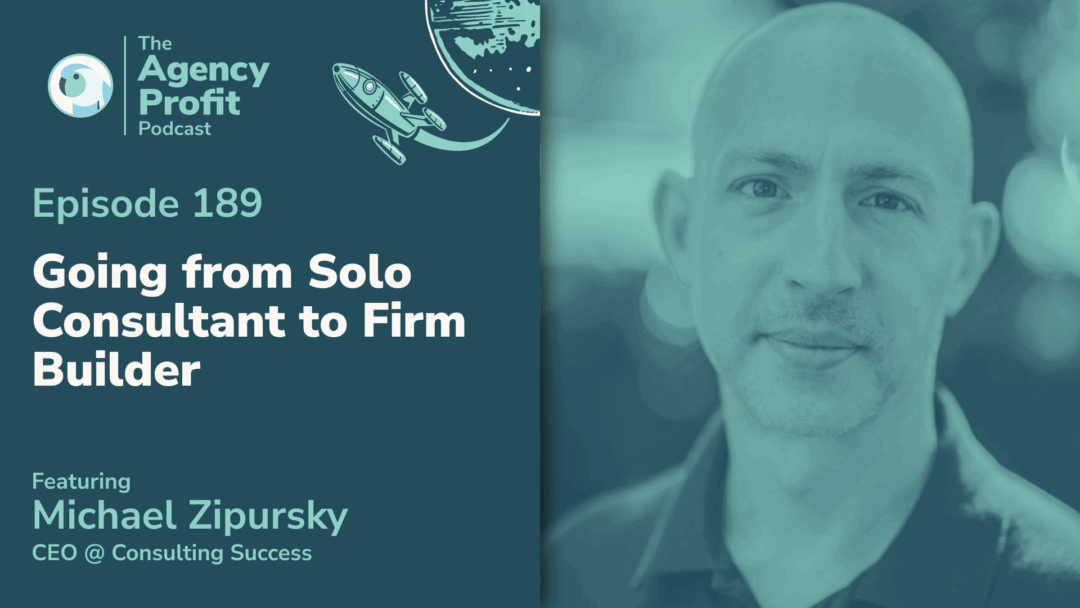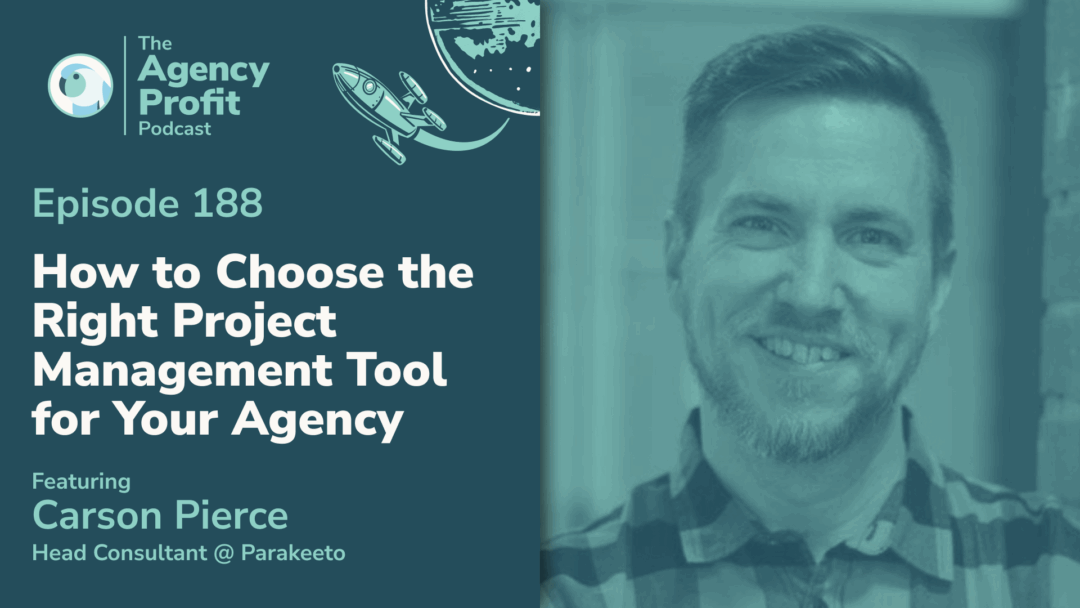Business processes, inputs, best practices? Boring right? Actually, these related tasks could be the secret documents leading your agency to the profitability you’re chasing. Businesses across all industries need to document their processes and create SOPs.
“How-to processes” and documents to back them are the backbone of a well-oiled business.
However, this is almost impossible to create these how-to documents if you don’t have anything at hand to organize and maintain, to begin with. As processes define the daily operations of your business, it’s essential to document every step, especially when it comes to tasks that are carried out frequently.
Why Your Organization Should Practice Process Documentation
- To create uniformity in the way tasks or processes are completed, no matter who’s doing it.
- This also provides you with a contingency plan in the event of an employee’s unavailability or resignation as an SOP can be used as a reference for whoever’s going to take over the task or as training material for a new hire.
- Documentation also establishes the standard the members of your team should look after, which reduces variance in their performance.
- Business process documentation plays an essential role in your business because it serves as the blueprint of your daily operations.
- As automation is already common in the majority of companies, such process documents will serve as your basis whenever you implement any change within the organization.
In this article, we will be discussing the benefits of process documentation as well as how to document a process in your business efficiently and effectively.
7 Steps on How to Document Processes
1. Know the Business Process
The initial step you should take once you’ve made up your mind to document the processes of your organization is to decide which one you want to create a standard operating procedure (SOP) for first. Doing so will require you to indicate the objective of that particular task and why it’s important for your business.
Prioritizing process and workflows investments can be tricky, if you’re looking for a guide on how to do it right – check out this guide on the Parakeeto blog.
Documenting the entire process will give you a magnified view of the task and allow you to identify bottlenecks and obstacles you may have not noticed before. You will also be able to see the entire process flow from a fresh perspective. This will give you the chance to identify which process steps can be simplified or eliminated altogether. An updated SOP will allow your team to function more effectively and efficiently.
2. Define the Scope

Now that you know which process you want to document, it’s time to determine the scope of this task. A scope is a brief explanation of the entire process and includes an outline of the process, including the things that must be met and the criteria for every deliverable. The range must also indicate the stakeholders and the members of your team who will play a role in completing the process.
Aside from determining the factors that must be included in the process document, you must also know which ones you should exclude. Getting your team involved can be a critical step in making sure the scope is clear and the process is documented the right way from the start.
Side note: if you’ve got a process for how you go about defining your scopes for projects, it’s best that you install a regular cadence to review and tweak these numbers based on past performance as time goes on. The Agency Profit Toolkit is a free resource that has meeting templates that you could directly apply to this, among other goodies. Grab your copy below!
3. Set Your Limitations
Setting the limitations of a particular process is just as important as defining its scope.
In this step, you indicate the point where this process is applied and where it stops, otherwise known as process boundaries. By setting your limitations, you also define the factor that will trigger it. This helps to streamline everything, and we’re all about streamlining.
Finally, you must know when the process is completed by familiarizing yourself with the signs that indicate so. All these boundaries must be well-defined and set way before the entire process starts.
4. Identify Process Inputs and Outputs

By looking at the steps involved in the entire process, you should be able to create a list that contains all resources necessary for implementation.
Start by going through each step and taking note of the things that can help you tick it off from the list.
On a different note, process outputs are those that you set for the organization to attain by the end of the process. These can be tangible or intangible by-products the team is looking to achieve upon the procedure’s completion.
5. Brainstorm and Organize the Steps
Collect all pertinent data from every step of the process. You may start this step by determining the factor that will trigger the process and continue until the final step. Another way to do this is by going the other way around, which is tracking back each step until you reach the procedure’s point of origin.
In this brainstorming phase, everyone involved in the process must take part, including those whom you think can provide valuable input and insights. After you do so, you may proceed with taking all of these steps and putting them in a sequence. Make sure that you document it to a minimum and place multiple related tasks under the same primary step.
6. Visualize and Determine the Exceptions

Another way to properly document processes and workflows is to create a flowchart or process map. Visualizations help everyone get up to speed quickly. They help improve the clarity of the procedure and ensure that the documentation has good readability.
Putting the process in a flowchart or other visualization tools can work as the best reference for your employees so they can go back to it anytime they need to. Visualizations work really well for remote work, too.
Despite having a well-thought process, your organization may go through some situations and instances that make following all of the steps impossible. For such cases, you must secure a list of these exceptions, including courses of action the organization must take as alternatives to address these issues.
7. Check and Test the Process
Finally, hold a meeting with all team members involved in the implementation of the process. Don’t skip this step – review and buy-in is crucial.
The team must go through your newly created SOP and make sure that all necessary steps are indicated in the process document. Checking it should also cover you making sure that the steps are placed in the right order.
Run the final process and test whether it works. If a loophole is discovered while testing it, go through it again and revise it to improve the execution of the how-to process.
All these steps will lead you to accurately create process documentation for your organization. It will help increase your team’s efficiency and productivity by making sure that it is created seamlessly and that they are well oriented on what it is like. It is also essential to make sure that the document is concise and straightforward, so all of the members of the team can easily follow it.
Additionally, it is vital to remember when documenting processes for the first time to avoid covering the entire organization’s process all at once. Begin with one department and take a process from that section. Doing so will make sure that the process documentation is done well and can truly help increase the productivity of your team.

Connor Gillivan is a Founder and Owner of Outsource School. Outsource School is a platform teaching businesses how to build and scale remote companies by hiring and running virtual teams. Connor was previously the CMO of the FreeUp Marketplace before it was acquired in 2019. His insights on hiring and outsourcing can be found on over 250+ blogs on the Internet. He currently lives in Denver, Colorado.








0 Comments